

Caduceus is a winged staff with two snakes wrapped around it. It was an ancient astrological symbol of commerce and is associated with the Greek god Hermes, the messenger for the gods, conductor of the dead and protector of merchants and thieves. It was originally a herald's staff, sometimes with wings, with two white ribbons attached. The ribbons eventually evolved into snakes in the figure-eight shape.
The number eight is important to the practitioners of judicial astrology. In some cases, depictions of the Greek kerykeion can be radically different from that of the traditional caduceus. These representations will feature the two snakes atop the wand (rod), crossed to create a circle with the heads of the snakes resembling "horns." In this form, it looks remarkably similar to the symbol for the planet Mercury - while Mercury the god is the Roman name for Hermes, who carries the kerykeion, or caduceus.
In some cases, depictions of the Greek kerykeion can be radically different from that of the traditional caduceus (as in the picture at right). These representations will feature the two snakes atop the wand (rod), crossed to create a circle with the heads of the snakes resembling "horns." In this form, it looks remarkably similar to the symbol for the planet Mercury - while Mercury the god is the Roman name for Hermes, who carries the kerykeion, or caduceus.
In the seventh century, the caduceus came to be associated with a precursor of medicine, based on the Hermetic astrological principles of using the planets and stars to heal the sick.
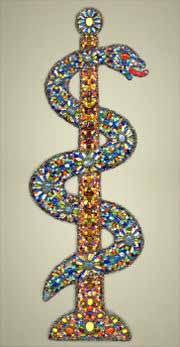
As a symbol for medicine, the caduceus is often used interchangeably with the Rod of Asclepius (single snake, no wings), although learned opinion prefers the Rod of Asclepius, reserving the caduceus for representing commerce.
Historically, the two astrological symbols had distinct meanings in alchemical and astrological principles. Some medical organizations join the serpents of the caduceus with rungs to suggest a DNA double-helix.
The symbol's origins are thought to date to as early as 2600 BC in Mesopotamia, and there are several references to a caduceus-like symbol in the Bible, namely in Numbers 21:4Ð9, and 2 Kings 18:4. During the Exodus, Moses was instructed by God to fashion a pole upon which he was to position a serpent made of bronze; when looked upon, this Nehushtan, as it was called in Hebrew, would spare the lives of the Israelites stricken by venomous snake bites.
The intent was that people would look upward and be reminded to pray to God, but eventually the meaning was forgotten and this symbol was apparently worshiped by the Hebrew people until the reign of Hezekiah as described in 2 Kings 18:4.Walter Burkert has two figures in his book which show a rod with two intertwined snakes winding around a central axis from Mesopotamia in 2200 BC, and a similar image from Crete in 700 BC.

Kundalini
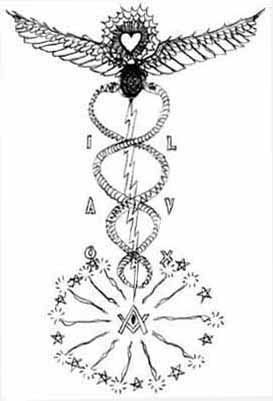
Alchemy
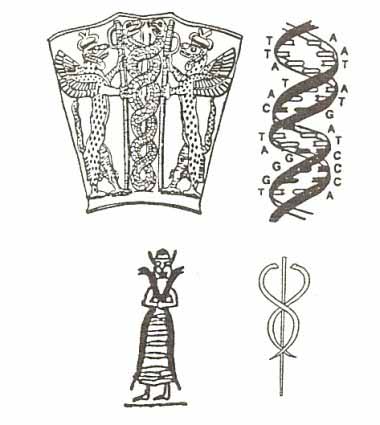
Rod of Hermes, DNA

Ouroboros
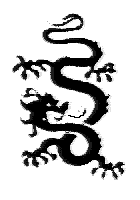
Coiling Snake, Dragons
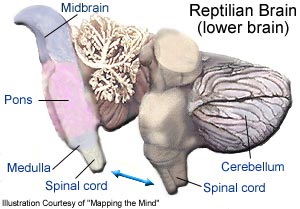
Reptilian Part of the Brain